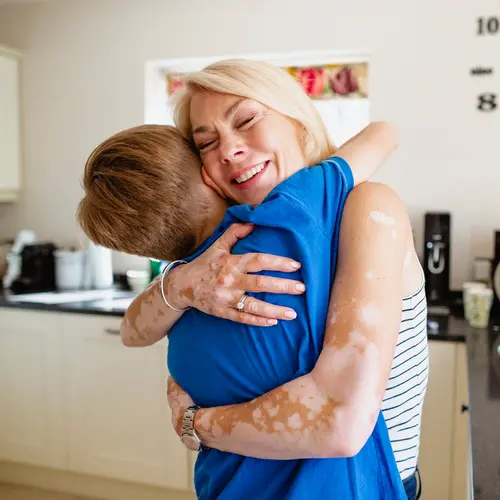Warts sometimes go away on their own, but it can take years. If you don't want to wait, you may want to freeze them off. Doctors call this process cryotherapy. It’s one of the most common ways to get rid of warts. It may also lower the chances that the warts will spread to other parts of your body.
You can get cryosurgery, which usually only takes a few minutes, in your doctor's office. Or you can do it at home with a kit. The treatment should leave no scars, or very faint marks, if any.
Can I Get Cryosurgery?
It’s a good option if:
- You’re fair-skinned. It can cause scarring in people with darker skin.
- You’re an adult or older child. It's not recommended for children because it can be painful.
- The wart is on a part of your body with no hair. Cryosurgery can cause you to lose your hair permanently in the places where it is done.
- The wart is on your face. Cryotherapy is less likely than other removal methods to cause scarring.
Cryotherapy in Your Doctor’s Office
Most doctors use liquid nitrogen, which can reach temperatures as low as -320 F to freeze off the wart. Your doctor may shave off dead skin on the wart area with a blade before doing the cryosurgery.
Your doctor will use either a cotton swab or a spray "cryogun" to apply liquid nitrogen to the wart and some of the skin around it. This may feel like an ice cube touching your skin, but it only lasts a few seconds. Your skin may feel numb briefly and may also hurt, turn red, then form a blister.
If the wart is on your forehead or temple, liquid nitrogen might give you a headache. Once you leave your doctor's office, you should be able to return to your normal routine, including showering and bathing. The area usually shouldn’t get infected, but watch for signs of it, like redness or swelling.
Eventually, a scab will form where the liquid nitrogen was applied. That will fall off about a week later. Try not to pick at it before it’s ready to fall off.
Some doctors may ask you to do some preparation at home, such as applying salicylic acid, another common wart treatment, to your wart. They will give you instructions if they want you to do this.
Cryotherapy at Home
You can also get cryotherapy products to remove warts at home. Over-the-counter kits use dimethyl ether propane instead of liquid nitrogen. They probably aren't as effective as the treatment you will get from your doctor in their office.
Never use home products to treat genital warts, as they can cause severe damage.
Always talk to your doctor before you try to remove a facial wart at home.
How Well Does Cryotherapy Work?
One treatment may be enough to get rid of smaller warts. Larger ones might need several treatments. You’ll probably get those 2-3 weeks apart. Your doctor will likely apply salicylic acid between treatments.
Cryosurgery usually cures 50% to 70% of warts after 3 or 4 treatments.
Cryotherapy can remove genital warts but it cannot cure them. Those types of warts are likely to come back. Warts on other parts of your body may or may not return.

